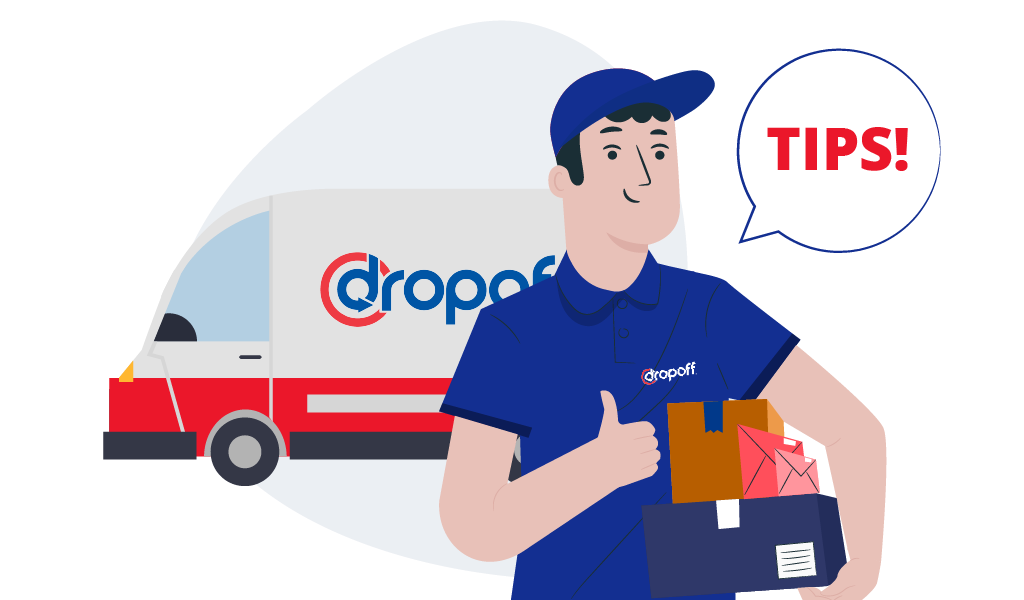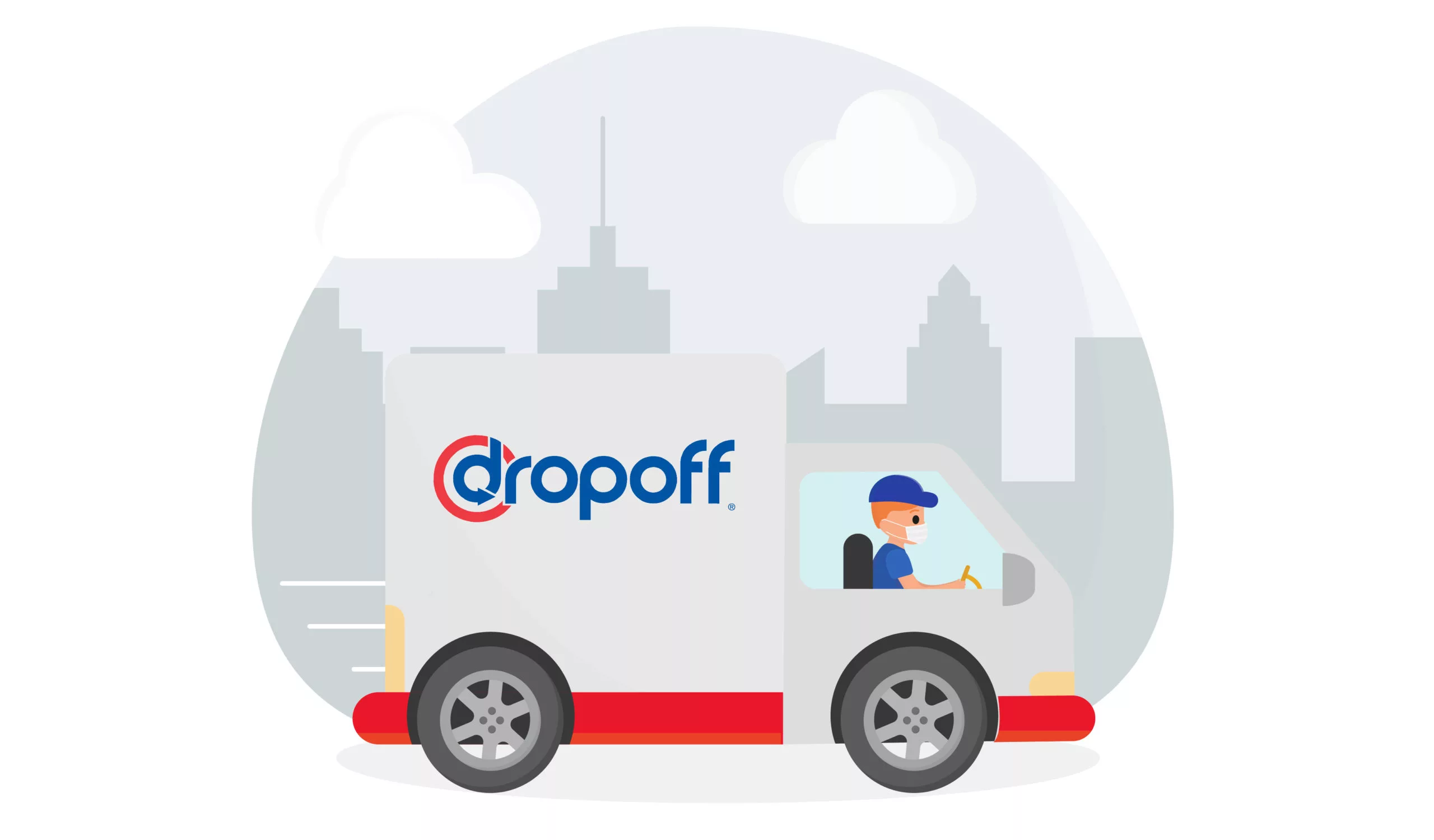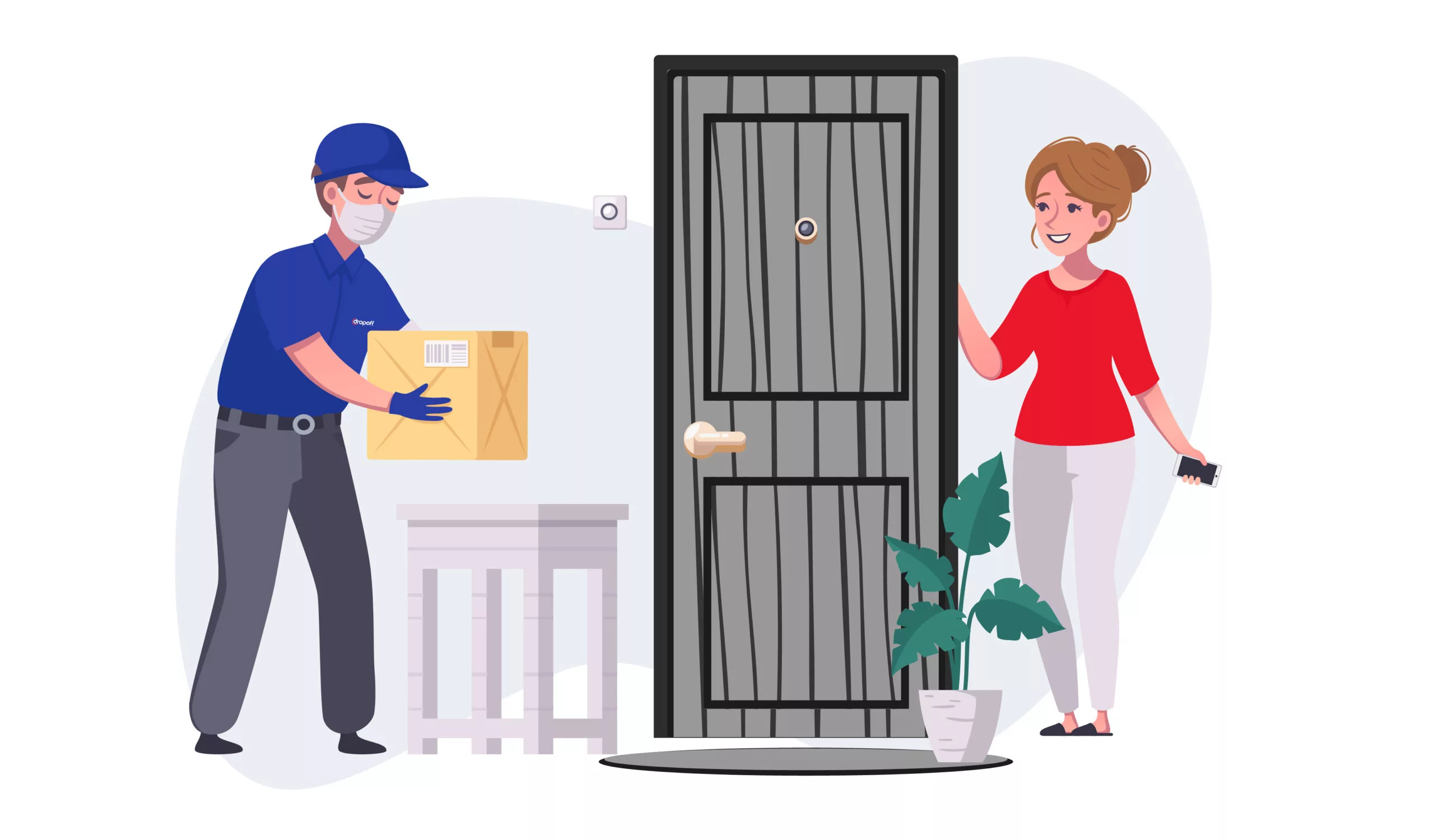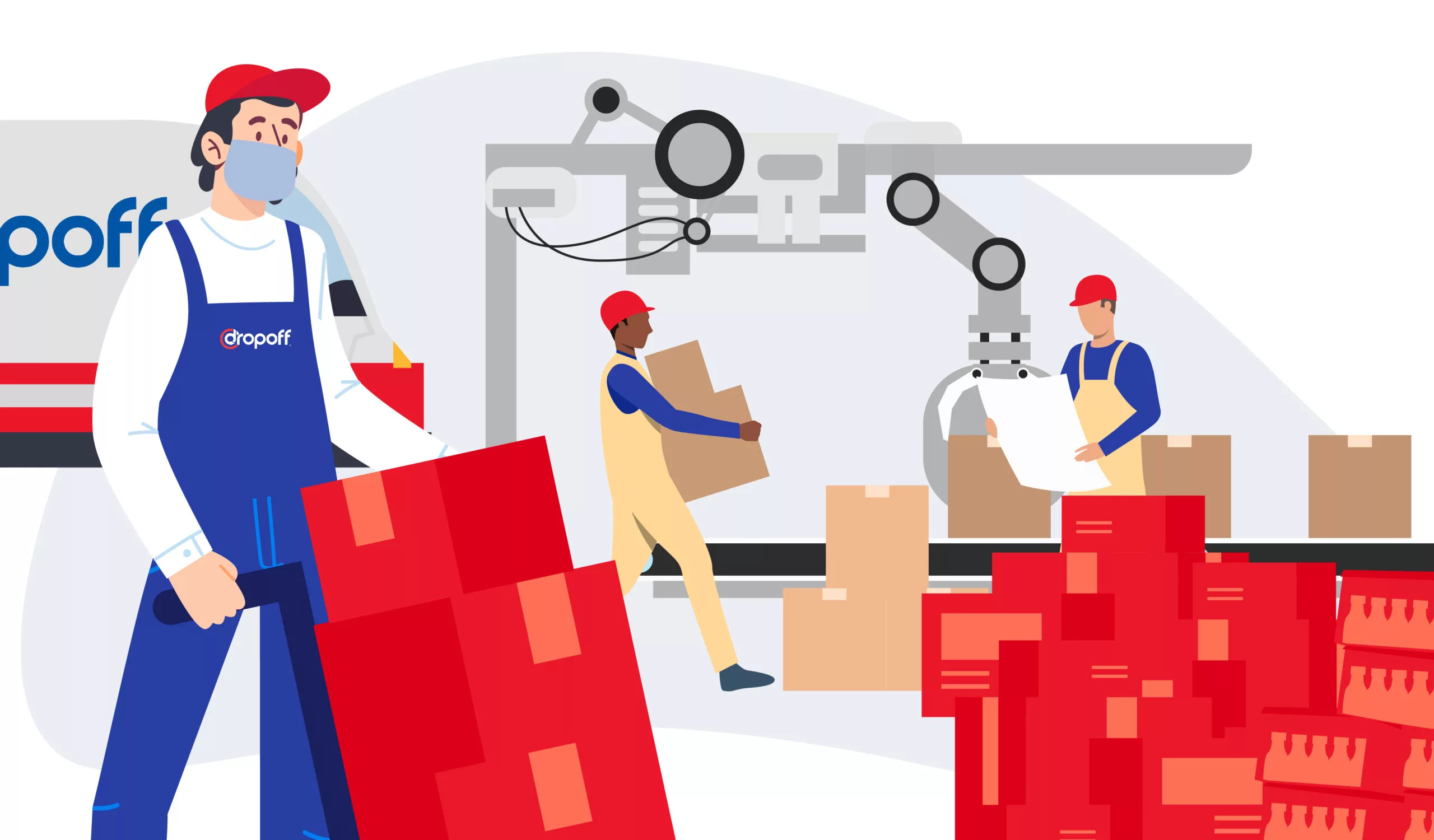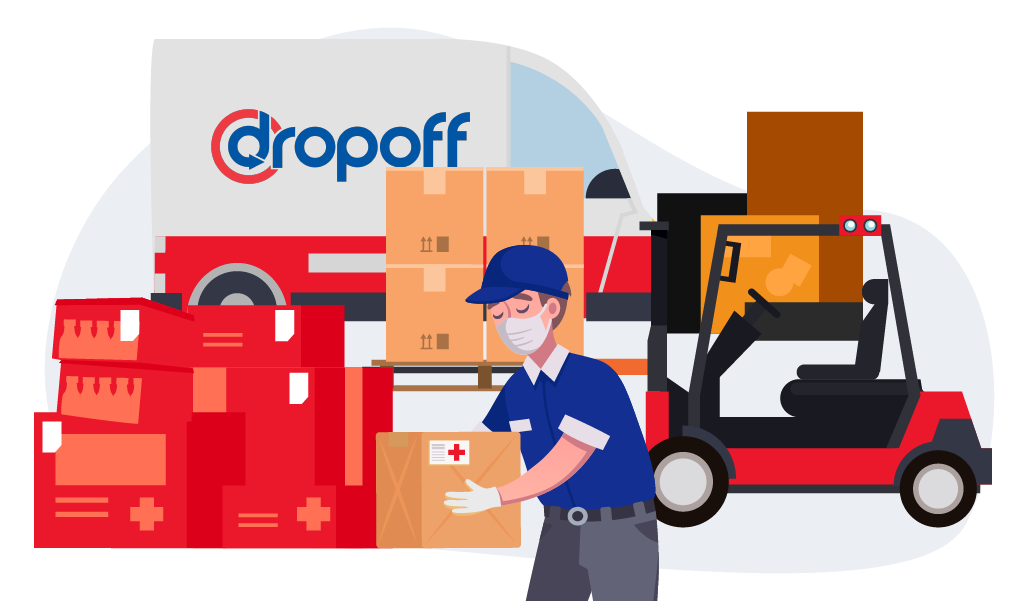Top 10 Challenges in the Courier Industry And How To Overcome Them

The courier service industry is constantly facing challenges. From last-mile delivery setbacks to post-delivery issues, courier companies have come a long way in overcoming these battles.
Whether you’re a courier service provider or a brand considering partnering with one, here are the most common challenges in the courier industry so you know exactly how to take them down.
Top 5 Last-Mile Delivery Challenges Faced by Courier Drivers and How to Solve Them
Let’s break down five of the most common courier issues and how to resolve them.
1. Vehicle Breaking Down
There’s nothing worse than getting a flat tire on a busy street. Or finishing a delivery only to find out your truck won’t start.
To avoid these setbacks, you need a reliable vehicle.
Solution:
Tips to keep your vehicle in good condition when delivering packages:
- Check the pressure of your tires at least once a month, rotating them every 10,000 miles or less and inspecting them regularly.
- Check the fluids in your car every 5000 miles, including the oil, brake fluid, coolants or antifreeze, power steering, and transmission fluids.
- Check your battery regularly with a battery tester.
- Schedule an annual tune-up and inspection with a professional mechanic.
2. Running Out of Fuel
The last thing you want is the extra hassle and delay of stopping at a gas station.
Solution:
Add a fuel stop to your schedule each day. If you want to ensure you don’t run out of gas, keep more than half a tank in your car. So whenever your day gets busy, you’ll still have enough gas to get where you need to go.
3. Delivery Delays
Quick deliveries are the way to a customer’s heart! An effective route will minimize your time on the road and prevent other issues like running low on fuel or getting lost.
Don’t know when to use a courier? Learn more here.
Solution:
We highly recommend investing in a route-planning tool to optimize your driving route.
These tools plan your routes in advance, considering factors like traffic and weather. Many route-planning tools also offer real-time updates, so you can adjust your route on the fly if necessary.
4. Heavy Traffic
Traffic and tight schedules certainly don’t go together.
Solution:
Route-planning tools are also great at tackling this challenge. If you’re stuck in a jam, move your next stop to later in the day. This way, you’re not wasting time sitting in traffic, letting you reschedule your route accordingly.
5. Unfamiliar Locations
Don’t take the chance of getting lost and not making your delivery on time. Be sure you know how to find your delivery location, especially when it’s an unfamiliar location.
Solution:
Here are ways to avoid getting lost during delivery:
- Make sure that any mapping app you use is up to date with the latest information for your location.
- Every morning, take a few minutes to review your route and look up any unusual stops you might need to make.
- If your phone app or car GPS doesn’t have a certain location in its system, carry a map of your area with you.
Find out how much independent couriers make on average per year!
Top 5 Last-Mile Delivery Challenges Faced by Courier Companies and How to Solve Them
Like independent couriers, big courier companies are also exposed to last-mile delivery problems. Let’s take a closer look at them.

1. Highly Competitive Market
When most people think of courier delivery, they think of FedEx, UPS, DHL, and other big players in the industry.
Granted, these companies have more money and access to advanced technology, making it hard for smaller courier businesses to compete. Thus, local businesses must get creative to stay afloat in a highly competitive market.
Solution:
One solution is to deliver more personalized services to customers. A unique service that will make you stand out from your competitors. If you run a courier business, try coming up with specific delivery solutions that meet your customers’ unique needs.
2. Human Error
Given how big the delivery industry is, especially in today’s age of online purchasing, there’s a lot of pressure to get things right.
The truth is, it doesn’t matter how well-trained your employees are; mistakes will happen. There’s more chance of losses due to human error during big sales days than any other reason.
Solution:
The answer to this challenge is automation. Automating your business processes has many benefits, including fewer delivery mistakes, faster methods, and lower costs.
3. Lack of Visibility
Today, customers expect nothing less than being updated on their delivery status. They’ll choose the most transparent courier service.
So companies must stay connected with their customers and give them the necessary information.
Solution:
Not keeping your customers in the loop about their packages is a big no-no. That’s why real-time last-mile delivery tracking software is so important for success in the industry.
Technology plays a big role in tackling this challenge, so be prepared to invest in the best technology. Most last-mile delivery tracking software should have GPS tracking systems that let customers see where their package is. There should also be accurate predictions on delivery times and Proof of Delivery confirmations.
At Dropoff, you can follow your deliveries in real-time from pick-up to drop-off on a live map. Our trackable digital chain of custody offers instant delivery confirmations, letting you in on every little thing. Plus, our couriers will verify package delivery via photo, signature, email, text, or any courier action you prefer.
Check out our article on the top 10 logistical issues and how to overcome them!
4. Increased Staffing Needs
Messy and confusing workflows often trace back to manual processes. They either overwork your staff or leave them idle.
Finding a sweet spot between maximizing efficiency and keeping your team balanced is key. Therefore, your courier company should carefully balance staffing costs and profits.
Solution:
One way to cut down staffing costs is by automating the delivery process with route optimization software. For non-commercial deliveries, on-demand courier delivery app development will reduce operational risks related to manual logistics management.
5. Changing Market Demands
Knowing what customers want is tricky in the fast-paced world of courier services. Their behaviors constantly change, so your company will have to put in the extra effort to find out what they truly want.
Solution:
Doing customer research is a no-brainer when understanding your target market. But many companies don’t even prioritize this, so they don’t know their customers at all.
The best way to research customers is to go out and talk to them.
These are customers’ most common demands:
- Being on their side
- Being accountable for the desired results
- Available to solve problems
- Responsive to their needs
If you’re interested in partnering with a logistics provider, here are our top picks of last-mile delivery companies and startups in the US.
The Difficulty of Partnering with the Right Courier Service Provider

Brands often struggle to find a courier service provider that offers a decent delivery solution. They want a partner that can handle last-mile challenges.
Why is it so important for brands to work with a courier company that can navigate the tricky waters of last-mile challenges? Because the last mile is the most difficult and expensive part of the delivery process. So getting this part right is key.
How Technology Is Transforming the Courier Service Industry

At a 10.1% annual rate, the market is anticipated to expand from $454.5 billion in 2020 to $736.0 billion in 2025. Technological advances will help mitigate expanding courier industry challenges.
1. Autonomous Global Supply Fleets
Futurists have talked about how autonomous systems will change how global supply fleets work. Today, 90% of the world’s goods are transported by ocean freight, and 70% of that cargo is containerized.
Companies like Rolls-Royce are already considering having ships run by drones. These “ghost ships” will start being used in 2025 and be common by 2030.
2. Autonomous Freight Movers
The move to autonomous vehicles will affect the ground-based transportation industry. With 5G mobile networks being rolled out around the world, autonomous systems will become more and more common.
Self-driving trucks are already on the roads in some states, and they’re only going to become more popular in the next decade!
3. Predictive Logistics
Delivery times can be hit or miss.
But what if your package arrived before you even ordered it? That’s the idea behind “anticipatory shipping,” something Amazon is currently playing around with.
While companies already use predictive technology to make suggestions based on your purchase, anticipatory shipping takes that further.
Products are kept in smaller, local warehouses and distribution centers. Then, when an order is placed as expected, the package is immediately shipped to the customer’s address for same-day delivery.
It’s a bold plan, but it might work in the long run.
4. 3D Printing Factories
3D printing will become more popular in many industries, and the courier industry won’t be left out.
Did you know that a third of everyday items could be 3D printed?
The idea is that there will be industrial 3D printing facilities acting as local hubs to print out orders and have them delivered within a few hours. The concept is still in its early stages, but it’s something to keep an eye on in the near future.
How Dropoff Can Help
Every business is different. At Dropoff, we offer a range of logistics solutions tailored to your specific needs. Whether you’re looking for same-day delivery, white-glove service, or something in between, we have you covered.
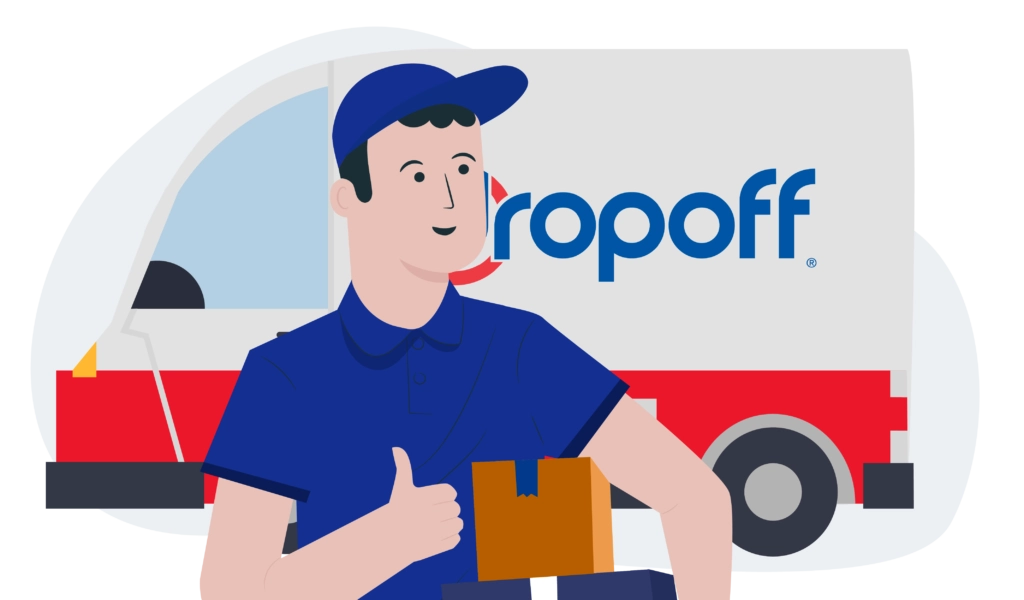
We also know that problems in last-mile delivery are a pain. That’s why we’ve gathered a team of professionals ready to tackle the most complex logistics challenges in the courier industry. You can rest assured that your deliveries will be made on time, on budget, and without hassle.
Talk with a Dropoff expert today and learn how we will streamline your delivery operations.
FAQs on Last-Mile Delivery Challenges
1. What are the most common challenges in the courier industry?
Setbacks in the courier industry:
- Difficulty in managing multiple customers
- Delayed deliveries
- Poor visibility on the deliveries
- High staffing needs
- Delivering goods with damage
- High delivery costs
2. What are the most common challenges in last-mile delivery?
Common issues of last-mile delivery:
- High costs
- Lack of real-time visibility
- Delayed or failed deliveries
- Outdated technology
- Poor efficiency
- Inefficient route planning

